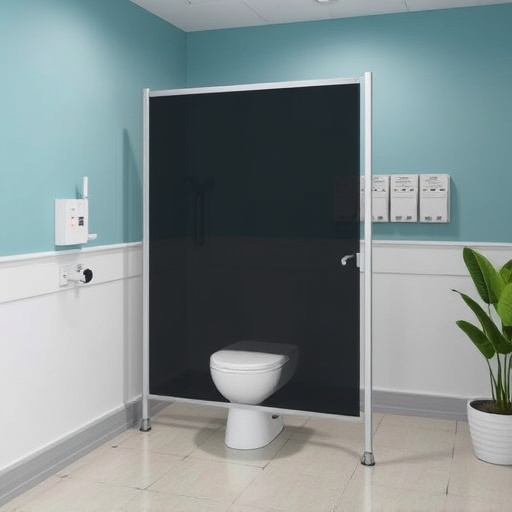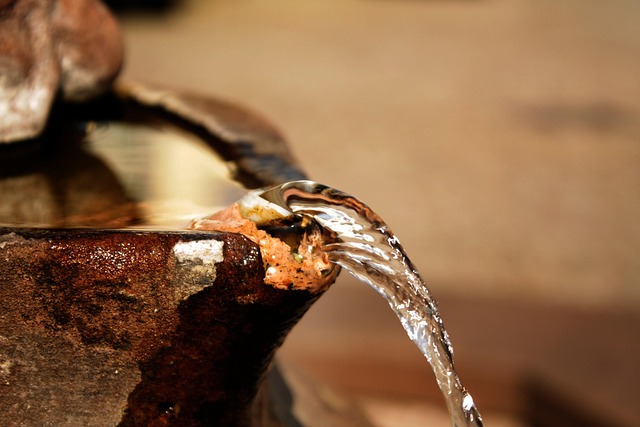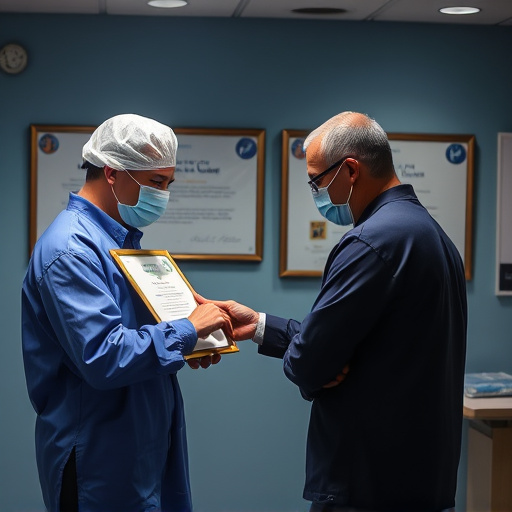Plastic intake tubes offer numerous benefits such as cost-effectiveness, flexibility, lightweight design, and ease of installation for liquid or gas transport over short distances. They are suitable for medical, healthcare, and various industrial applications. However, drawbacks include limited pressure resistance, chemical degradation concerns, reduced durability in extreme conditions, and environmental impact due to plastic waste. A thorough comparison between materials and use cases is crucial to determine if the plastic intake tube's advantages outweigh its disadvantages for specific applications.
“Discover the transformative power of cost-effectiveness in medical supplies, especially through a focused lens on plastic intake tubes. This comprehensive guide delves into the benefits and considerations surrounding these versatile tools. We explore the ‘plastic intake tube pros cons comparison’, offering an insightful overview for healthcare professionals and institutions. By understanding the advantages and potential drawbacks, you’ll make informed decisions, ensuring optimal patient care while managing resources efficiently.”
- Understanding Plastic Intake Tubes: A Comprehensive Overview
- Benefits of Cost-Effectiveness in Medical Supplies
- Weighing the Pros and Cons: Is It the Right Choice?
Understanding Plastic Intake Tubes: A Comprehensive Overview

Plastic intake tubes have become a popular choice in various industries due to their unique properties and versatility. When it comes to understanding their role, these tubes serve as efficient conduits for transporting liquids or gases over short distances. They are designed to withstand pressure differentials, ensuring a secure flow.
In terms of pros, plastic intake tubes offer cost-effectiveness, light weight, and ease of installation, making them ideal for temporary or low-pressure applications. Their flexibility allows for easy routing around obstacles, and they can be cut to size, providing a tailored solution. However, there are potential drawbacks such as limited pressure resistance and concerns over material degradation when exposed to certain chemicals or extreme conditions. A comprehensive comparison between different materials and specific use cases is crucial in determining whether plastic intake tubes are the best fit for a project.
Benefits of Cost-Effectiveness in Medical Supplies

Cost-effectiveness is a critical aspect when it comes to medical supplies, especially considering the constant need for accessible and affordable healthcare solutions. One such example that has gained significant attention is the plastic intake tube, which serves multiple purposes in patient care. These tubes are used for various medical procedures, offering a straightforward and cost-efficient option for healthcare providers.
When comparing the plastic intake tube to other alternatives, several pros stand out. It is highly versatile, suitable for short-term and long-term use, and can be easily customized to meet individual patient needs. Moreover, its affordability makes it an attractive choice for medical facilities, especially those with limited budgets. However, like any medical equipment, there are potential cons to consider, such as limitations in durability and the need for regular replacement. Yet, with proper management and a strategic approach to procurement, healthcare institutions can maximize the benefits of cost-effective solutions like plastic intake tubes while ensuring patient safety and satisfaction.
Weighing the Pros and Cons: Is It the Right Choice?

When considering whether to adopt a plastic intake tube, it’s crucial to weigh both its advantages and disadvantages. On one hand, plastic intake tubes offer numerous benefits for various applications. They are generally lightweight, flexible, and cost-effective solutions, making them easy to install and maintain. Their durability in different environments, along with their ability to withstand high pressures, makes them a reliable choice for many industries.
However, a thorough comparison also reveals potential drawbacks. Plastic intake tubes might not be as robust or long-lasting as alternative materials in extreme conditions. They can be prone to degradation from sunlight and chemicals, requiring more frequent replacements. Additionally, the environmental impact of plastic waste should be considered, as proper disposal and recycling become critical factors in the decision-making process.
In comparing the plastic intake tube’s pros and cons, it becomes evident that its cost-effectiveness offers significant benefits for medical facilities and healthcare providers. This overview highlights the practical advantages of utilizing these tubes, from reduced costs to improved patient care outcomes. By carefully considering the intangibles and tangibles, healthcare professionals can make informed decisions, ensuring they provide the best possible services while navigating budget constraints.














